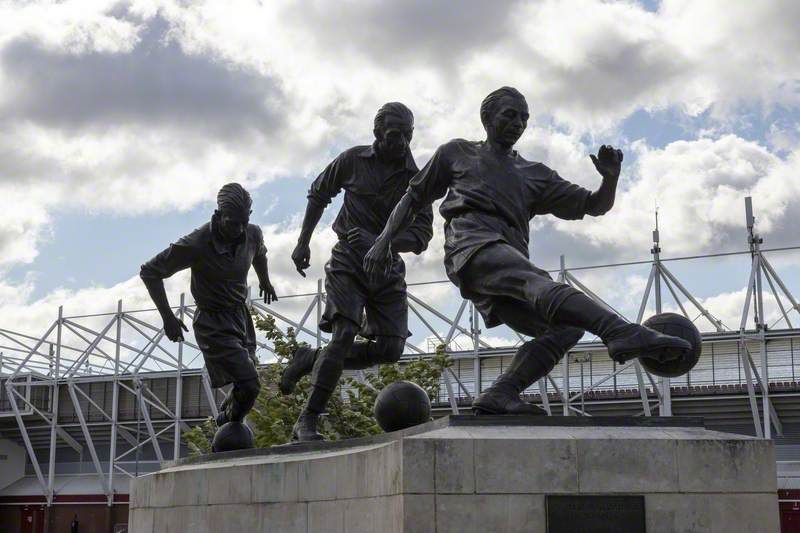Do you live, work or study in Stoke-on-Trent or are you a frequent visitor to the Potteries?
If the answer is yes, this is your opportunity to take part in an engagement survey, which can be found on Stoke-on-Trent City Council's website.
Stoke-on-Trent City Council are looking to understand how people currently engage with public art in the city and are developing a register of public art to help inform planning decisions related to any future regeneration schemes.
The authority already has a 72-strong inventory of public art installations across the city, which includes statues, war memorials, murals, fountains, architectural features and street furniture. Now it is looking to develop the list even further – with the help of the city's residents.
The engagement exercise will run until Wednesday 31st January 2024.
Before completing the survey, you are encouraged to view images and information of public sculptures and monuments in Stoke-on-Trent on the Art UK website. These were recorded by Art UK as part of our major UK-wide sculpture digitisation programme, which started in 2017.
The earliest public sculptures in the city date from the nineteenth century and include well-known local landmarks, such as the angel on top of Burslem Town Hall and the façade of the Wedgwood Memorial Institute, also in Burslem.
Facade, Reliefs, and Mosaics
1869
G. B. Nichols of Wolverhampton (active 1869) and John Lockwood Kipling (1837–1911) and Robert Edgar (1837/1838–1873) and M. H. Blanchard and Rowland James Morris (1841–1898) 
Early-twentieth-century sculptures include the war memorials in Burslem, Hanley and Fenton.
More sculptures were added to the city's streets in the late twentieth century, including the iconic Spirit of Fire (1964) in Hanley, which has been terrifying young children for decades.
Twenty-first-century sculptures and monuments include the statue of Sir Stanley Matthews at Stoke City football ground, the statue of Arnold Bennett in Hanley, and the large artwork Privilege in Etruria. Like many public artworks in Stoke-on-Trent, these sculptures commemorate the people who contributed to the city through sport, literature, pottery making, mining and steelworking.
Sir Stanley Matthews (1915–2000)
2001
Julian Jeffery and Carl Payne (b.1969) and Andy Edwards (b.1964) 
Arnold Bennett (1867–1931)
2017
Michael Talbot (b.1959) and Carl Payne (b.1969) and Horticon Ltd (founded 1990) 
Our volunteers have been out and about in Stoke-on-Trent in 2023 recording more public art, so further artworks will be added to the database in the coming months. We will record any new public art as it is unveiled in the city.
Katey Goodwin, Art UK Deputy Chief Executive and Director of Community Engagement

































